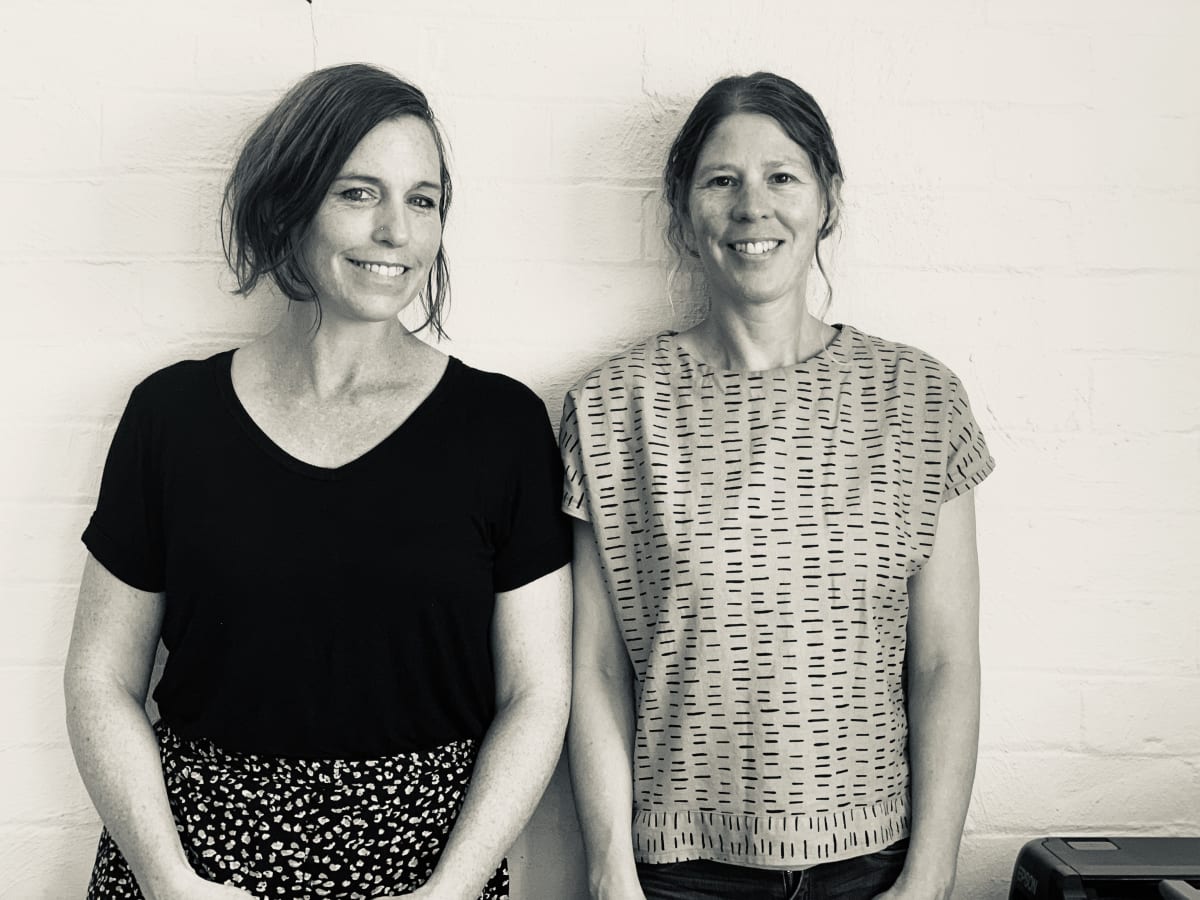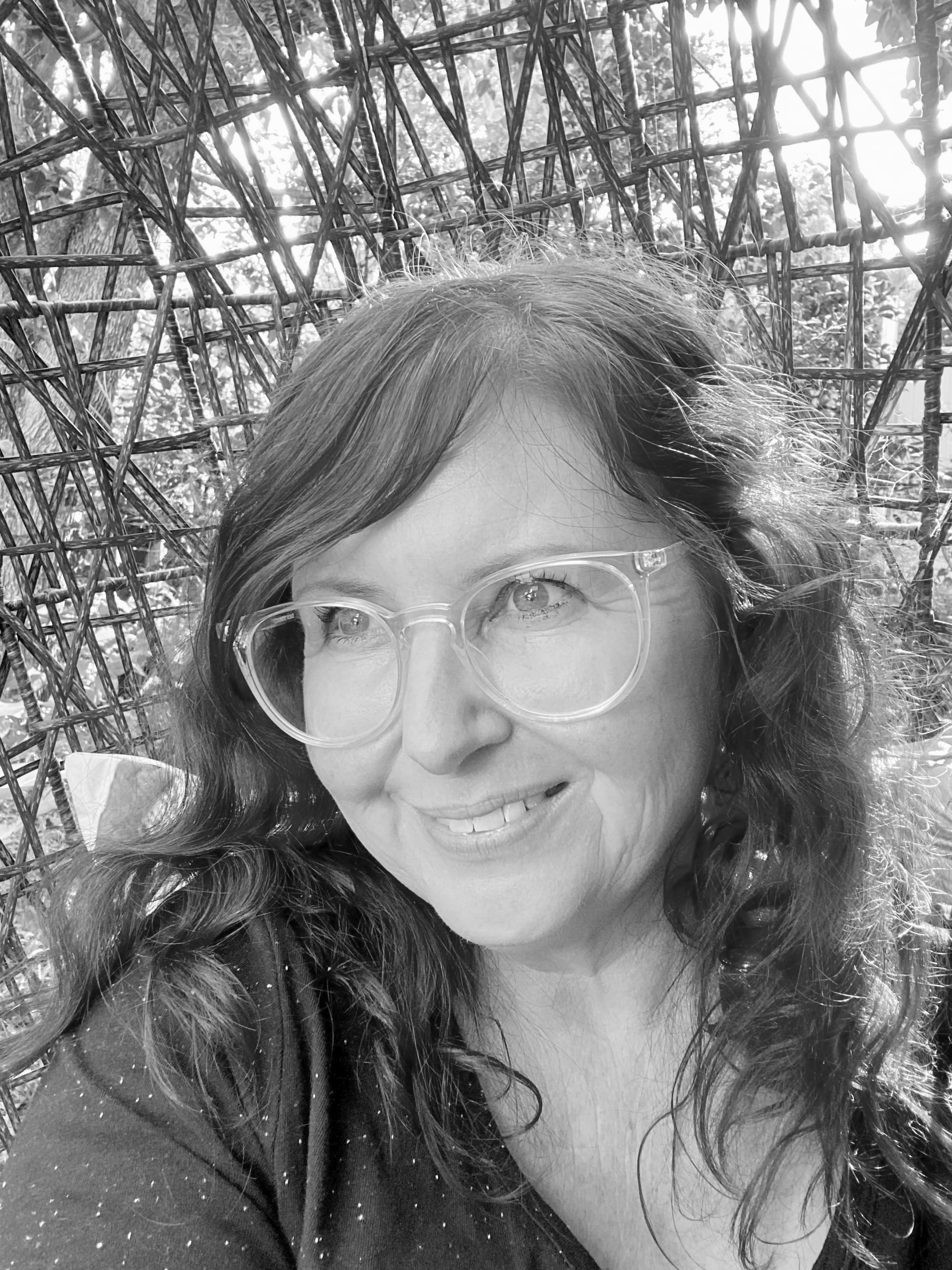Can creative play improve your mental health?
What could a good old dose of play and creativity do for your mental health? Makeshift’s Caitlin Marshall and Lizzie Rose say it’s not only possible to tune into your creative side (yes, even for the time poor or those without a creative bone in...

What could a good old dose of play and creativity do for your mental health?
MakeShift’s Caitlin Marshall and Lizzie Rose say it’s not only possible to tune into your creative side but doing so has proven, positive effects on your wellbeing. And this applies to even the time-poor or those without a creative bone in their body.
The two Illawarra locals have been promoting creative first aid skills for years, starting their social enterprise with Wild Rumpus workshops in 2013 and morphing into MakeShift during the pandemic. MakeShift's trauma-informed programs encourage participants – who come from all walks of life, including those in the juvenile justice system, first responders and banking executives – to embrace intentional creative practice.
“We’ve collected pieces of research from all over the world that really shows so unequivocally that being creative is good for us,” Caitlin said.
“The evidence shows us that really crucial parts of mental wellbeing is about how you feel about yourself, how you feel about the community you live in, how connected you feel to other people. Whether you feel and can connect to a sense of joy and pleasure.”

Their recently launched book Creative First Aid: The science and joy of creativity for mental health comes with suggested activities to get your creative juices flowing, to take your mental health into your own hands and to help you care for yourself on good days and bad.
Lizzie said, “The book is written with the idea and premise that as human beings we are all creative. There’s creativity in all of us which is something we can lean upon and use in everyday, really.”
The problem is, many of us feel like we’re not creative, or that we need to be talented to get joy out of making something, be it a meal, a garden or an illustration.
Caitlin points out, “You don’t have to be good at creativity for creativity to be good for you.”
As a society we may be talking more openly about mental health, but both Lizzie and Caitlin believe that there’s a real lack of practical information about what we can do to help ourselves and the book sets out to address this.
It’s filled with stories of those who have used creative practice to improve their mental health and lots of ways we can incorporate creative activities to support our own.
“You can dive into the book anywhere,” Lizzie said. “The second half of the book has various prescriptions, which are creative prescriptions that anyone can do. You don’t need a whole bunch of materials to be able to do them. They’re designed as a way to help support and regulate your nervous system.”
And for those of us who find it hard to take time out of our busy schedules to relax, let alone play creatively, Caitlin had this advice: “It is valuable to spend your time replenishing and restoring yourself. Doing something you enjoy. Doing something that makes you feel good. It doesn’t have to have a purpose. It doesn’t have to produce something.
"It’s just about giving yourself a dose of play and fun and even rest.”





